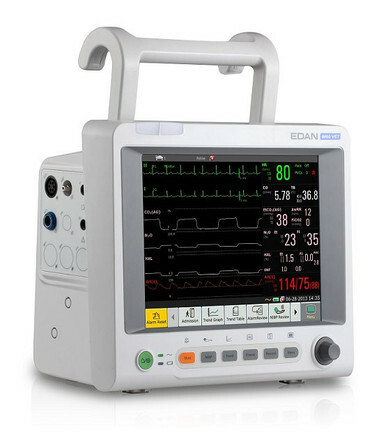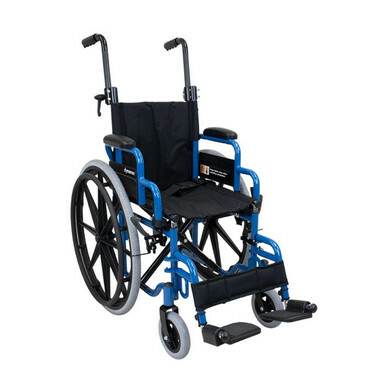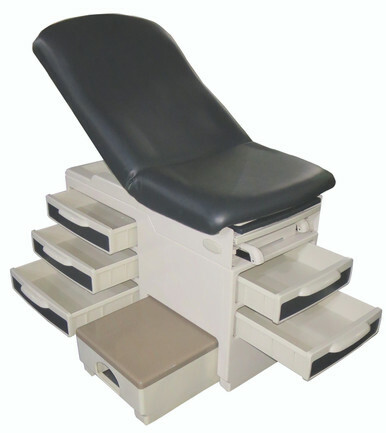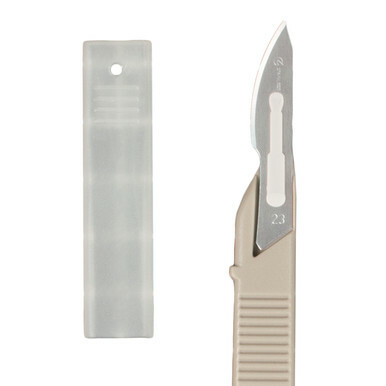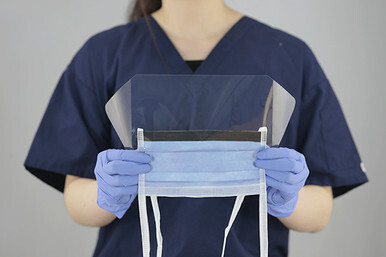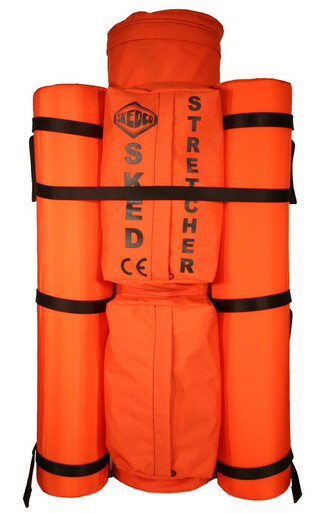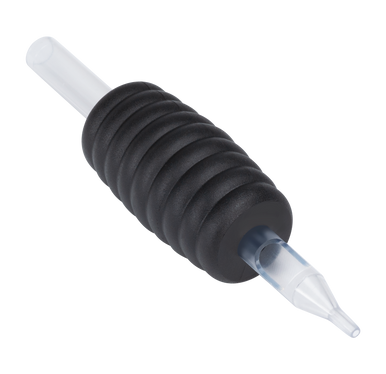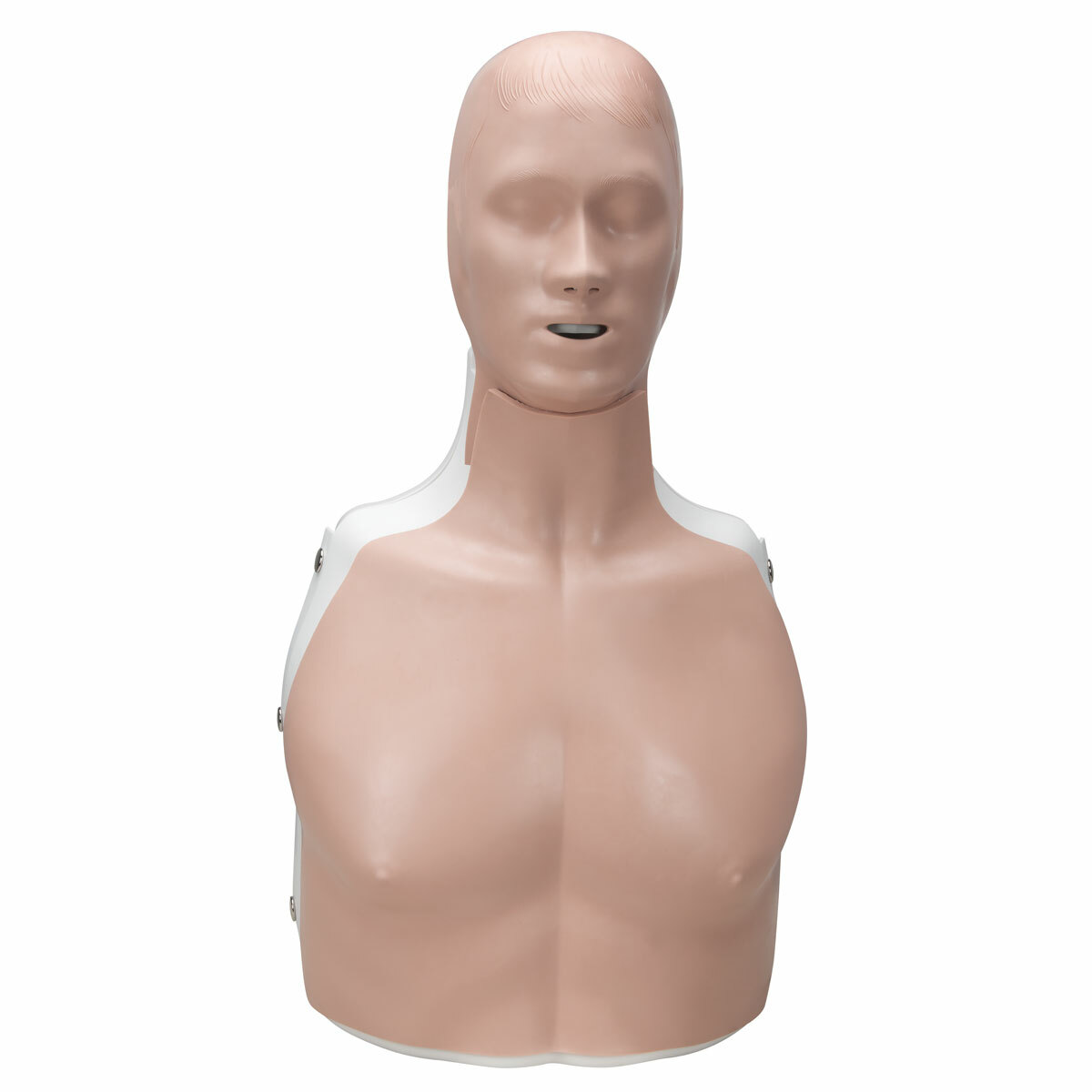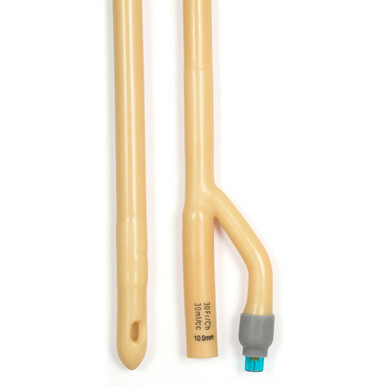How to Apply Tourniquets Correctly: A Life-Saving Guide
Posted by EMRN on 10th Jul 2024
In emergencies involving severe bleeding, knowing how to apply a tourniquet correctly can be the difference between life and death. Tourniquets are critical tools designed to control significant blood loss, especially from limb injuries. Here’s a comprehensive guide on how to use them effectively.
Understanding When to Use a Tourniquet
Tourniquets should be used in situations where there is severe, life-threatening bleeding that cannot be controlled by other means, such as direct pressure. These situations might include:
- Severe limb injuries from accidents or trauma
- Situations where a person is unable to receive immediate medical attention
- Incidents where direct pressure is not sufficient to control bleeding
Steps to Apply a Tourniquet
1. Assess the Situation
Before applying a tourniquet, quickly assess the injury to determine if a tourniquet is necessary. If possible, attempt to control the bleeding with direct pressure first.
2. Choose the Right Tourniquet
If you have access to a commercially available tourniquet, use it. These are designed to be effective and easy to apply. If not, a makeshift tourniquet can be fashioned from a strong, wide material such as a belt or a piece of cloth.
3. Position the Tourniquet
Place the tourniquet around the limb, 2 to 3 inches above the wound. Ensure it is not placed over a joint, such as the elbow or knee, as this will be less effective.
4. Apply the Tourniquet
- For a commercial tourniquet, follow the manufacturer's instructions. Typically, this involves wrapping the tourniquet around the limb, securing it, and then tightening it until the bleeding stops.
- For a makeshift tourniquet, tie the material around the limb securely. Insert a stick or another rigid object under the knot, and twist it to tighten the tourniquet. Continue twisting until the bleeding stops, then secure the stick in place to maintain pressure.
5. Tighten Until Bleeding Stops
The tourniquet must be tight enough to stop the bleeding completely. You should not be able to feel a pulse below the tourniquet. This will likely be painful for the injured person, but it is crucial for controlling blood loss.
6. Note the Time
It’s essential to note the time when the tourniquet was applied. Write this time down and, if possible, communicate it to medical personnel when they arrive. Tourniquets should not be left in place for longer than necessary, ideally no more than two hours, to prevent permanent damage to the limb.
7. Seek Professional Medical Help
Applying a tourniquet is a temporary measure to control bleeding until professional medical help can be obtained. Once the tourniquet is applied, seek emergency medical assistance immediately.
Key Points to Remember
- Do not loosen the tourniquet: Once applied, do not periodically loosen or remove the tourniquet. This can lead to increased blood loss.
- Tourniquets are a last resort: They should be used only when direct pressure is ineffective or not possible.
- Monitor the injured person: Watch for signs of shock and keep the person as calm and still as possible while waiting for medical help.
Training and Practice
Proper training and regular practice are crucial for effective tourniquet use. Consider taking a first aid course that includes hands-on training with tourniquets. This preparation can help ensure you are ready to act swiftly and correctly in an emergency.
Conclusion
Knowing how to apply a tourniquet correctly is an essential skill that can save lives in emergency situations. By following the steps outlined above and seeking proper training, you can be prepared to act decisively and effectively when faced with severe bleeding.
Tourniquets are powerful tools when used correctly, but they come with significant responsibility. Always prioritize getting professional medical help as soon as possible and ensure you are familiar with the proper techniques before an emergency arises.




























